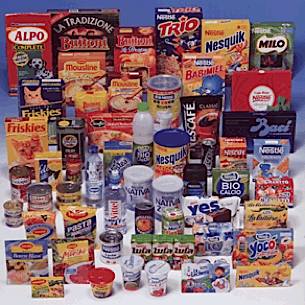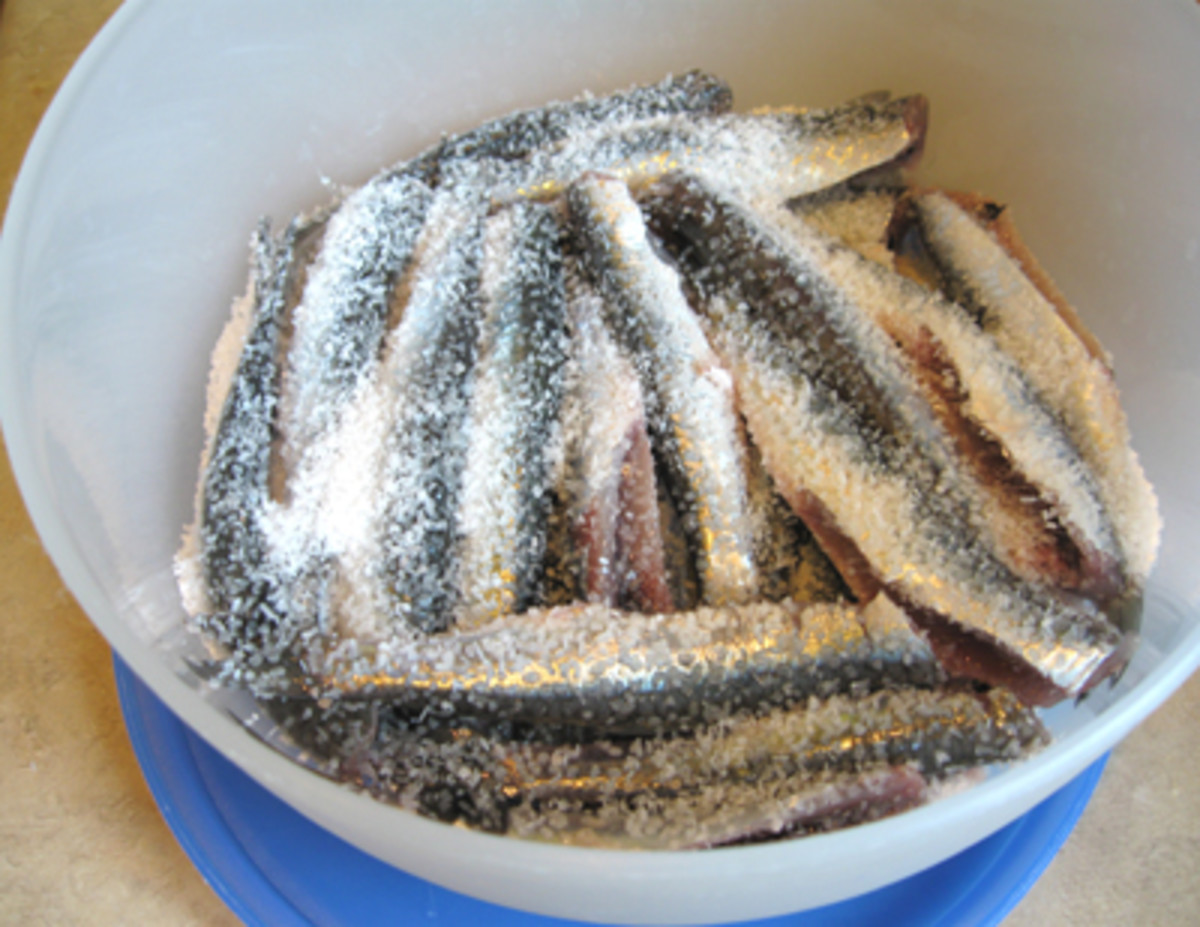Be safe while choosing packaged food

Now a days packaged food is very common in our life. They are gaining more popularity as it saves time and effort. Most of these food items are ready to eat and will last for a longer period of time under refrigeration.. But is it harmful to our health? How to make sure they are safe? Let’s go through some scientific information about this.
There are three commonly used methods to preserve food. One is not to provide favourable conditions for the bacteria to grow. Another method is to prevent the growth of bacteria in the food. Third method is to partially or completely destroying the bacteria.
For doing this, commonly a lot of methods are adopted.
- Refrigeration
All bacteria will survive and will multiply in the normal atmospheric temperatures.
But at relatively low temperatures, the growth rate is very less. Refrigeration is effective only for some days or for a few weeks as the growth of bacteria cannot be fully prevented.
- Dehydration
Like all the living creatures in the earth, bacterial also cannot survive without water. When the water content falls below 10%, the growth of bacteria almost stops, but unlike other living beings, bacteria will still be alive. Dried fruits and vegetables will last longer, but the freshness and flavour cannot be maintained.
- Freezing
Freezing is one of the most effective way of preserving food. As the temperature is much lower than zero degree and as the water content gets solidified, no life or growth functions will happen. The good thing about freezing is that the freshness and flavour will be maintained as well. But if we freeze any perished food, it cannot be a healthy food again. The food material which is freezing should be fresh.
- Pasteurization
Pasteurization is a technique used to preserve mainly milk and similar food items. When milk is boiled upto 100 degrees and is quickly refrigerated down close to zero degree, the bacteria will get destroyed due to the thermal shock. This method of preservation can be used for a very short span of time only.
- Preservatives
There are two types of preservatives commonly used for preserving food. The first is natural preservatives such as salt, sugar and vinegar which are termed to be as class I preservatives. The next is artificial preservatives which are made of chemicals, which are really toxic if consumed at a higher ratio which are termed to be as class II.
How to identify the packaged food is safe?
First and important thing while buying a packaged food is to make sure that it is produced by a known trusted company. Always check the production date and expiry date on the packet. Always buy the newer one only. Always check for the ingredients as well as preservatives on the label. Try to buy one without preservatives or Class I preservatives only. If we do these things, we will be on a safer side. Spend some time on this and live healthy.







